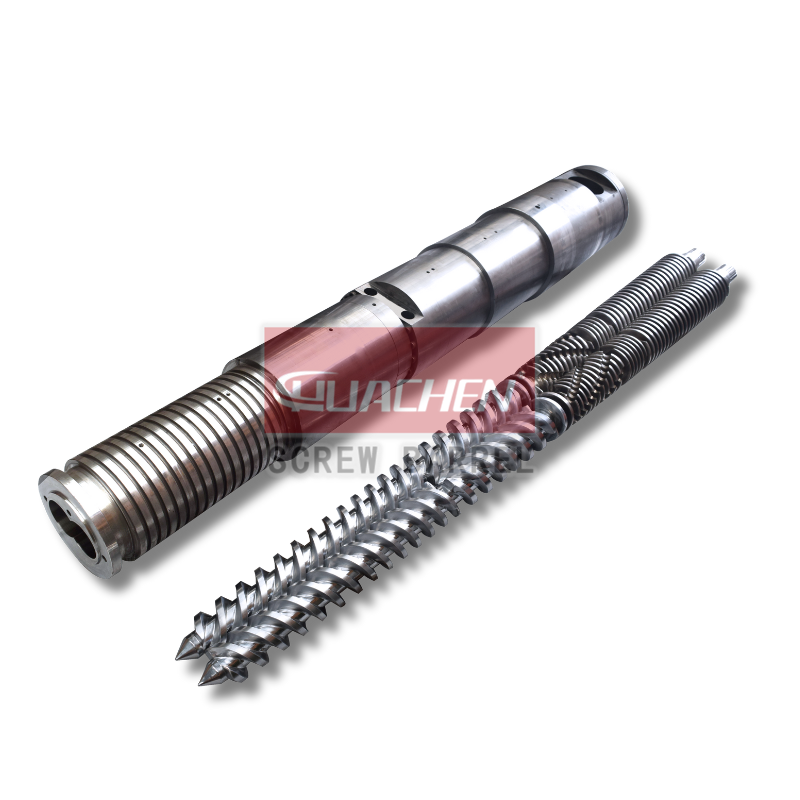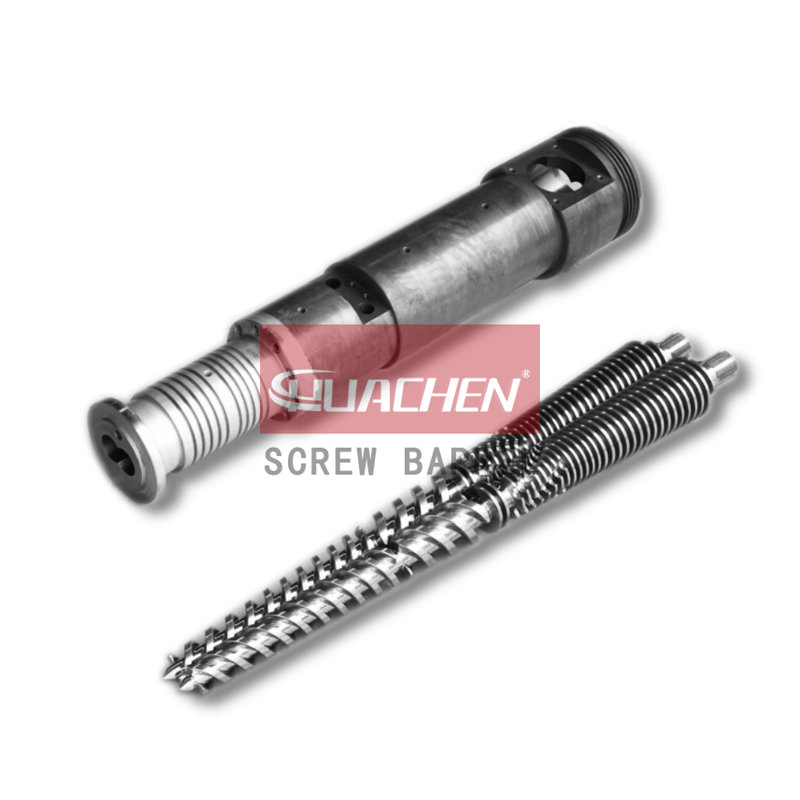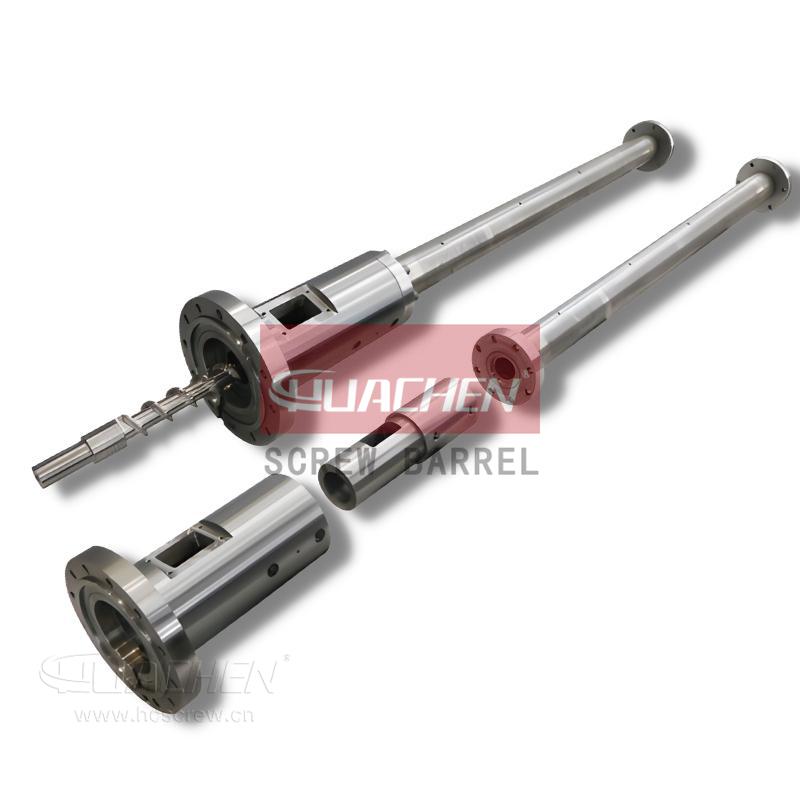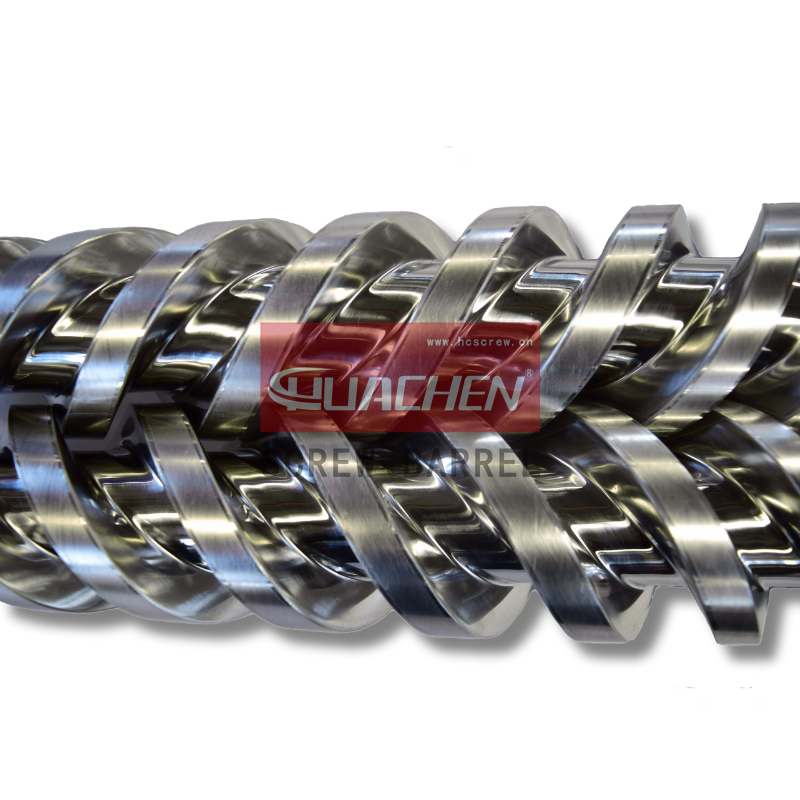Comparison Of PVC, UPVC, PP, PE, PPR, And PEX Pipes
Date:2022-7-13 Author:hcscrew
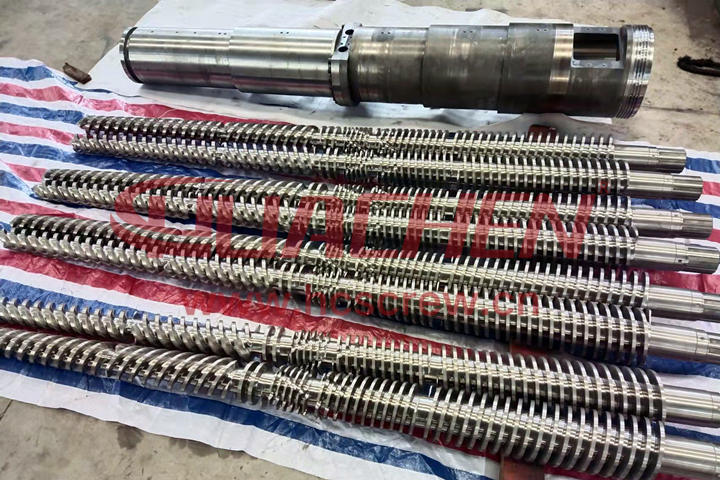
01 What is PVC pipe?
Plastic pipe made of polyvinyl chloride is known as PVC pipe. The material is brightly coloured, corrosion-resistant, strong, and durable. Products made with toxic auxiliary materials, such as plasticizers and anti-ageing agents, should not be used as food or medicine.
A plastic product composed of 43% oil and 57% salt, PVC stands for polyvinyl chloride. When compared to other types of plastic products, PVC uses raw materials more efficiently and consumes less oil. Meanwhile, PVC processing consumes little energy. It is possible to recycle PVC and transform it into reusable products or incinerate it to make energy.
In PVC processing, stabilisers are used, but toxic stabilisers such as lead salts can create potential hazards. However, some small businesses use lead salts as stabilisers in PVC products, making it difficult to meet health standards. Before choosing PVC materials, consumers should go to a formal, reputable, and quality-assured building materials market and ask the supplier for a test report.
Extrusion methods for extruding PVC pipes include single screw, parallel twin screw, and conical twin screw. In most cases, manufacturers use large conical twin screw extruders.
02 What is UPVC (rigid polyvinyl chloride) pipe?
UPVC is an amorphous thermoplastic resin made from vinyl chloride monomer plus additives (e.g. stabilisers, lubricants, fillers, etc.).
Aside from additives, it is also blended with other resins to give it obvious practical value. CPVC, PE, ABS, EVA, and MBS are some of these resins.
There is a high melting viscosity and poor flowability in UPVC. Increasing injection pressure and melt temperature do not significantly affect flowability. Moreover, the resin’s moulding temperature is very close to its thermal decomposition temperature. It is also very difficult to mould due to its narrow temperature range.
Advantages of UPVC pipes and fittings
Lightweight: UPVC has a specific gravity of 1/10 that of cast iron, making it easy to transport and install.
Excellent chemical resistance: UPVC pipe is resistant to acids, alkalis, and strong oxidizing agents at maximum.
Non-conductive: UPVC pipes don’t conduct electricity or corrode from electrolysis or current, so secondary processing is not required.
The material is not combustible and does not contribute to fire protection.
Installation is easy and inexpensive: easy to cut and join, PVC glue has proven to be safe, and it is easy to operate.
Durable: resists weathering and doesn’t decay due to bacteria and fungi
Easy maintenance and lower maintenance costs are due to a smooth inner wall. Low fluid flow loss, and dirt are not easily attached to the smooth pipe wall.
03 What is PP (polypropylene) pipe?
Polypropylene plastic is non-toxic, odourless, and can be immersed in boiling water at 100°C without deforming or damage. Acids and alkalis have almost no effect on the material. Most of the time, it is used to serve food.
Propylene monomer is the main component of polypropylene. It is categorised into homopolymer and copolymer grades based on the composition of the monomers used in polymerization. By polymerizing a single propylene monomer, homopolymer polypropylene has a high degree of crystallinity, high mechanical strength, and heat resistance. The co-polymerisation of ethylene monomer into polypropylene produces co-polymerised polypropylene.
Single screw extruders are mostly used to produce PP pipes. In addition to single screw extrusion production at high speed, there is also single screw extrusion production at ordinary speeds.
PP pipe main characteristics.
1. Appearance and physical properties: white translucent cylindrical particles; non-toxic, tasteless; burning flame on yellow; small amount of black smoke; molten drops; paraffin smell.
2. The main use of polypropylene is woven products, including woven bags, packaging rope, carpet backing, and woven tape. It has an annual production of more than 800,000 tons, accounting for 17% of China’s total polypropylene production.
04 What is PE polyethylene pipe?
Polyethylene (PE) is a chemically stable plastic that is commonly used for food bags and containers. Although it is resistant to acid, alkali, and salt water solution erosion, it should not be wiped or soaked in strong alkaline detergents.
05 What is PPR (random copolymer polypropylene) pipe?
There are two types of PPR molecules: Homopolymer, a macromolecule polymerized by one monomer, and Copolymer, a macromolecule polymerised by two or more monomers.
The copolymers PP-B and PP-R are made from propylene monomer Propylene and ethylene monomer Ethene (Polypropylene Copolymer, or PP-C).
1) A gas phase copolymerisation process is used to polymerize PE randomly and uniformly in PP, a raw material known as PP-R (random copolymer polypropylene).
2) PP-B (block copolymer polypropylene) is the result of the copolymerization of PP and PE.
Most PPR pipes are produced using single screw extruders.
05 What is PEX (cross-linked polyethylene) pipe?
HDPE (HDPE and MDPE) pipes, whose macromolecules are linearly knotted. Temperatures above 45°C make them unsuitable for transporting media due to their poor heat resistance and creep resistance.
Polyethylene can be modified by linking. A three-dimensional mesh structure of PEX is formed from the linear macromolecular structure of polyethylene, which greatly improves its heat resistance, creep resistance, ageing resistance, mechanical properties, and transparency. Cross-linking increases these properties to a significant extent as the degree of cross-linking increases. Inherent to PE pipes are their chemical resistance and flexibility.
Commercialised PEX pipes come in three types: PEXa, PEXb, and PEXC, which are mostly produced on single screw extruders.
06 What is PEX pipe?
The PEX pipe has excellent heat and cold resistance, as well as a high thermal strength at high temperatures. When heated, it does not melt due to its excellent low temperature resistance toughness.
In comparison with metals, plastics have a significant effect on strain behavior depending on temperature and loading time. This makes PEX pipe one of the most desirable plastic pipes.
1. Exceptional creep resistance.
For product design and engineering selection, creep data is essential. Compared with metals, plastics are much more sensitive to loading time and temperature than traditional materials. As a result, PEX pipe has one of the most favorable creep characteristics of all the common plastic pipes.
2. Semi-permanent service life.
PEX pipe has a continuous service life at 70 °C for 50 years following a test at 110 °C, 2.5 MPa, and 8760h.
Contact HUACHEN Screw Barrel Factory if you would like to learn more about plastic pipes, or for a quote on a screw barrel for extruding plastic pipes.
TAGS
HUACHEN Screw Barrel Recent Post
- High-performance PVC Screw Barrel for Efficient Extrusion
- Durable Conical Twin Screw Barrel for Precision PVC Pipe Production
- High-Speed Screw Barrel for Increased Extrusion Efficiency
- Super Wear-Resistant Bimetallic Alloy Coating Screw Barrel for High Output Extruders
- High-Precision Parallel Twin Screw Barrel for Extrusion Excellence
- Top Quality Single Screw Barrels for Plastic Extrusion Applications
- High-quality Extruder Screw Barrel for Reliable Performance
- Efficient Plastic Extrusion Screw Barrel for Superior Output
conical twin screw barrel extruder screw barrel extrusion screw barrel Foam sheet processing high speed screw barrel HUACHEN SCREW news injection screw barrel parallel twin screw barrel pa screw barrel pe making formula pe screw barrel plastic fiber processing plastic fibre screw barrel Plastic film making screw barrel plastic pipe processing Plastic profile processing Plastic raw material knowledge pp screw barrel PVC making formula pvc screw barrel related parts for screw barrel screw barrel engineering work screw barrel knowledge single screw barrel twin screw barrel
;